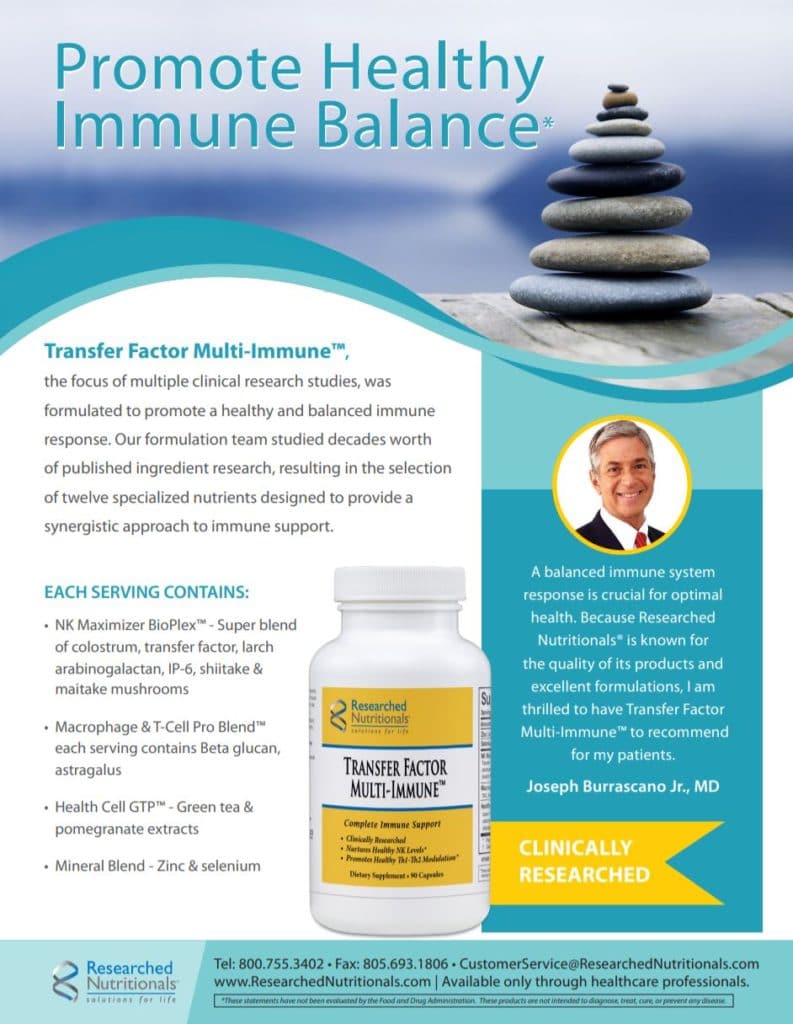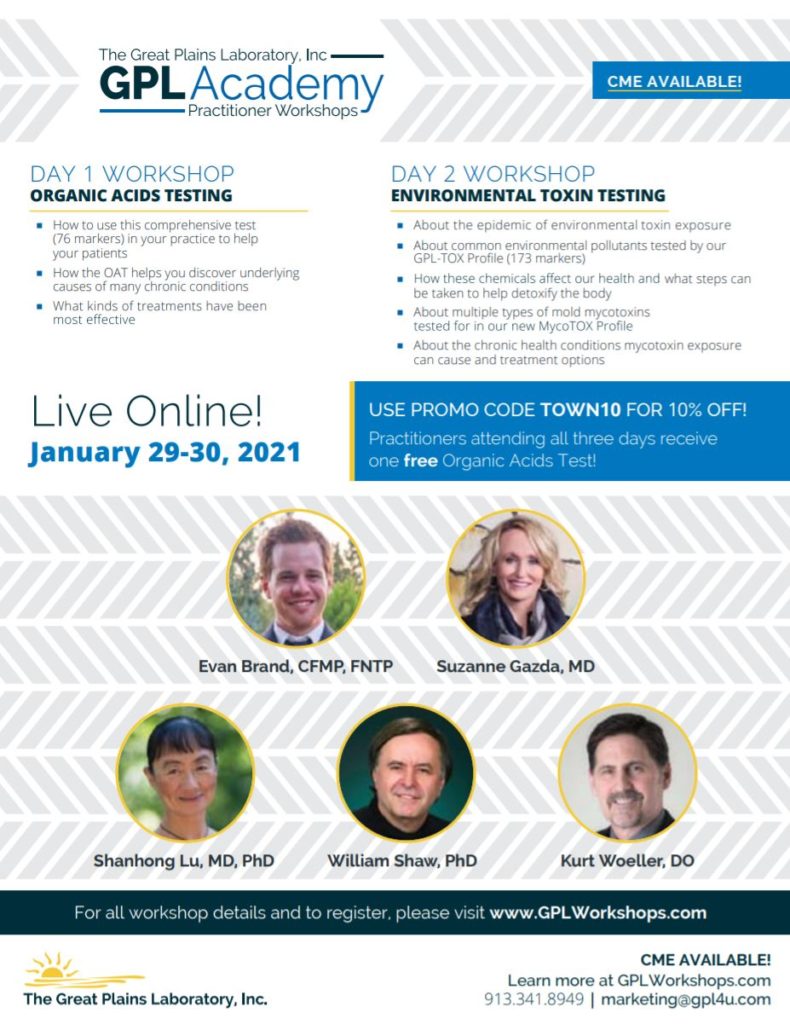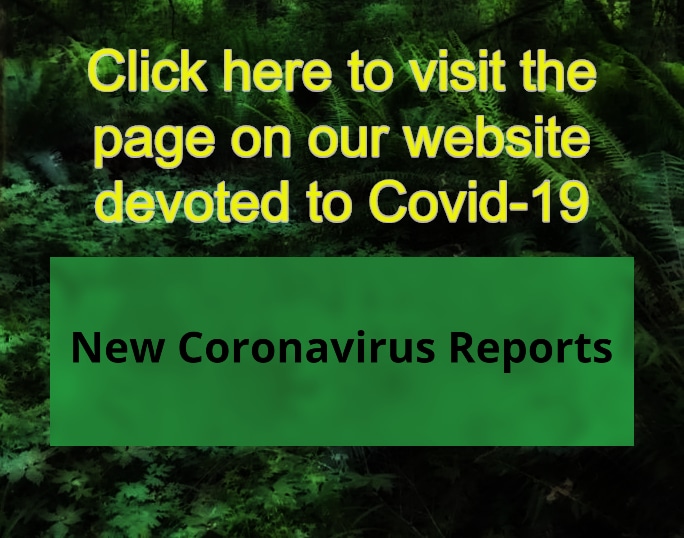By Michalis Leotsinidis,1* Constantine Kotsanis,2* Nakos Kotsanis3*
Introduction
The recent world epidemic with coronavirus is only six months old. Humanity has seen such epidemics come and go. We theorize that the coronavirus is behaving similarly to the common flu virus, but it is much more contagious and virulent. The scientific community often provides desirable solutions against microbes with antibiotics, antivirals, antifungals and vaccines. However, such scientific wonders take an average of one to five years from development to implementation. We must be aware of the fact that mutations are the rule in the prokaryotic world. In clinical medicine we need considerable time to prove the efficacy of a concept or the effectiveness of a new drug. Even minor mutations can alter the effectiveness of new drug discoveries. As echoed by the philosopher Heraclitus “Τα Πάντα Ρεί [egl.Ta Panda Rhei]” – “everything is in a state of flux and change” is more true today than any time in history.
The question is what do we do in the meantime or in the event that new medicines or new vaccinations do not make ends meet in due time? We find that a strong immune system is an appropriate answer for many diseases. Optimal nutrition along with micronutrient support is historically considered the most effective way to limit infections and especially COVID-19.1,2 In addition to this we have considerable experience in the use of oxidative interventions using high doses of vitamin C, medical grade ozone, and photodynamic therapy with methylene blue to be potent interventions against infections.3-5 This is consistent with clinical reports over a number of years suggesting promising outcomes.6-7
Following in the footsteps of highly credible physicians of the past like Drs. FR Klenner, RF Cathcart , LJ Hoffer, and A Kalokerinos, all have used vitamin C extensively to strengthen the immune system and fight infections and other degenerative disease successfully. For the past 75 years we and a plethora of physicians around the world have successfully used micronutrients, and vitamin C to support patients against antibiotic, antiviral, and antifungal drug-resistant infections. If one were to revisit Dr. Klenner’s work, one will see that vitamin C is very effective against drug-resistant infections. Actually Drs. Klenner, Cathcart, Hoffer, Cameron, and Kalokerinos, to name a few, used IVC only when necessary. Humanity might benefit greatly from combining the wisdom of the past with today’s technological advances and other novel interventions/therapies.
One may argue that novel interventions are anecdotal and do not meet the rigorous scientific criteria of academia or the FDA. However, the incorporation by the scientific community of novel and or anecdotal interventions should be examined as we are currently facing a pandemic and the death of tens of thousands of people. This is in line with paragraph 37 of the World Medical Association (WMA) Declaration of Helsinki-Ethical Principles for Medical Research Involving Human Subjects.
The pandemic killer virus has no political or academic affiliations. The management of patients that suffer from COVID-19 should be reassigned exclusively to the clinically based physicians that live in the frontlines with the pandemic. Academia and the three-letter agencies like the CDC and the FDA should step back and wait to implement their treatments once the research has been completed. At this juncture medicine needs to incorporate all appropriate methods to help the patients and prevent a socio-economic and societal collapse. Now is the time for the research scientific community and all the regulatory bodies to become more tolerant and more supportive to the frontline doctors that are brave enough to use medicines and remedies that have shown promise but were ignored.
As treating physicians and scientists, we salute the efforts of academia and the three-letter agencies that use the “quantitative scientific method” to verify the efficacy and safety of new drugs and new vaccines. Epidemiologists estimate that there are about 140 emerging virulent pathogens that can show up anytime in the future.8 Each time a new emerging pathogen infects humanity, it takes about two years to come up with new medicines and new vaccines. If we were to close down society for one to two years every time an emerging epidemic shows up, we could potentially place society and all businesses under house arrest for the next 280 years.
Using common sense to solve the problem should enter the minds of every government, every regulatory agency and academia. The solution to every pandemic should follow two scientific steps. In “Step One” we should utilize the qualitative scientific method. Step Two utilizes the quantitative method.
Step One. The qualitative scientific method has been in use for thousands of years dating back to Alkmeon (6th century BC), and Hippocrates (5th century BC). This means, the physicians in the frontlines that face patients every day, should utilize all their experiences and knowledge to fight the epidemic using all known FDA-approved pharmaceuticals as well as all anecdotally effective non-FDA approved remedies/interventions. The first job of the clinical physician is to stop the epidemic with all his/her knowledge. To save patients from a lethal epidemic, the treating physician should not fear the authorities for doing his/her job. In short, the frontline physician should practice his/her trade and art and be allowed to offer “quantitative” and qualitative” remedies to save his/her patients.
Step Two. Once the epidemic is under control, then we should allow academia and the government agencies to implement pharmaceuticals and vaccinations that have stood the vigorous standards of the “quantitative method.”
Historical Facts
COVID-19 has spread exponentially at a global level. The epidemics of the past help us to understand the behavior of this new virus and options for the future.
A survey conducted by the EU concerning public opinion about the influenza pandemic revealed that EU citizens did not trust most sources of information about the swine influenza pandemic in 2009.9 During the H1N1 epidemic Europeans only accepted as real the scientific findings of scientists and health care professionals. People were reluctant to change their social and personal behavior. In this survey three quarters of the respondents (75%) had not changed their daily routine. A worldwide threat, such as a pandemic, involves a lot of controversy that cannot be ignored. The fog of war is a feature of crises in general and not limited to military conflict.
The Spanish flu pandemic in 1918 killed 35-100 million people. A similar pandemic today could lead to the deaths of hundreds of millions. What is astonishing was the fact that 50% of the pandemic’s deaths were in a period of about 10 weeks in the autumn of 1918. The estimated R0 of Spanish flu was 1.4 – 2.8 while seasonal flu is only slightly lower 0.9-2.1.10 The COVID-19 virus had R0 estimates somewhat larger than the Spanish flu since the basic reproductive number (R0) of COVID-19 was initially estimated by the World Health Organization (WHO) to range between 1.4 and 2.5, as declared on 23th January 2020,11 but data, based on the early phase outbreak in Italy, estimated it to be in the range 2.43 to 3.10.12







